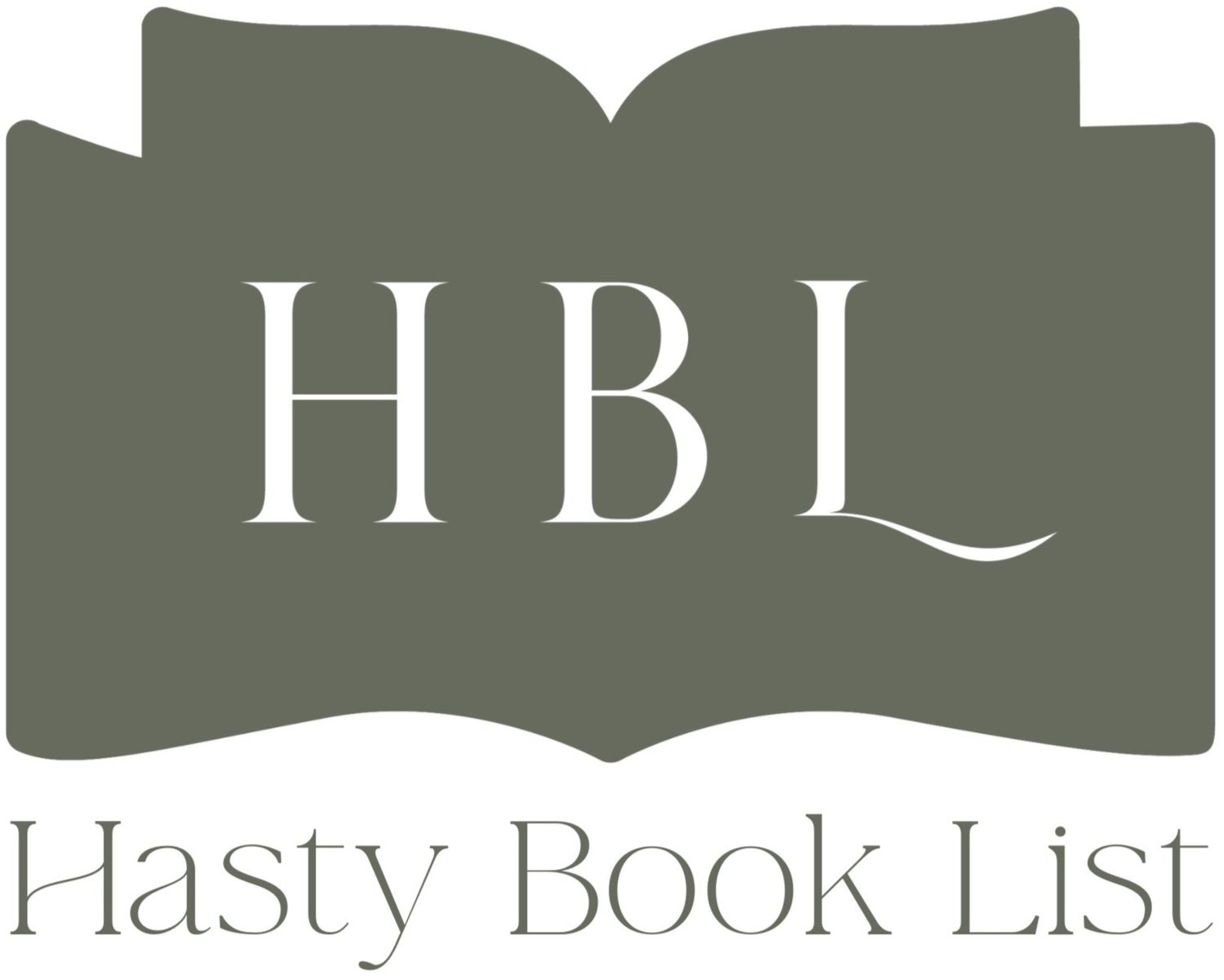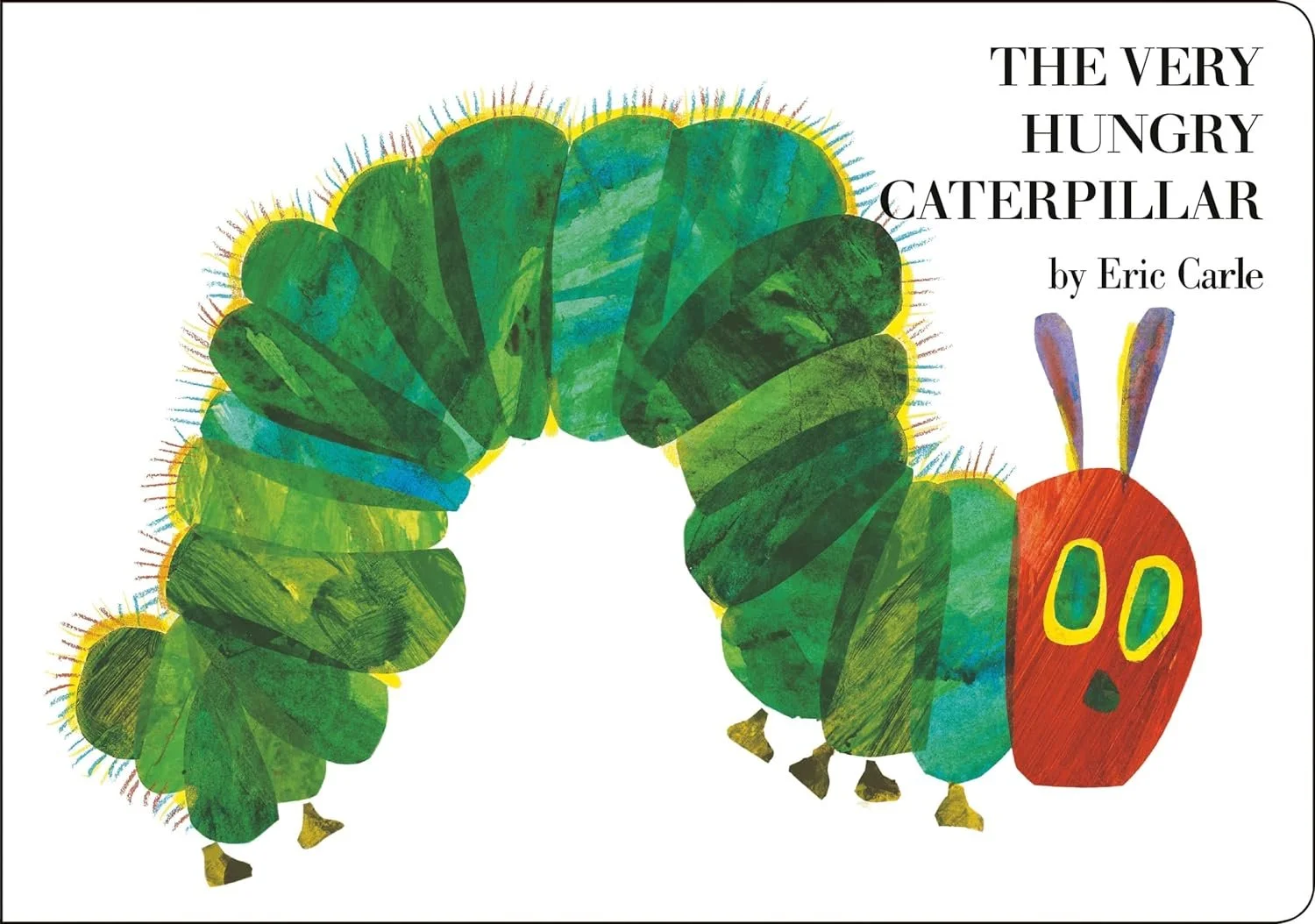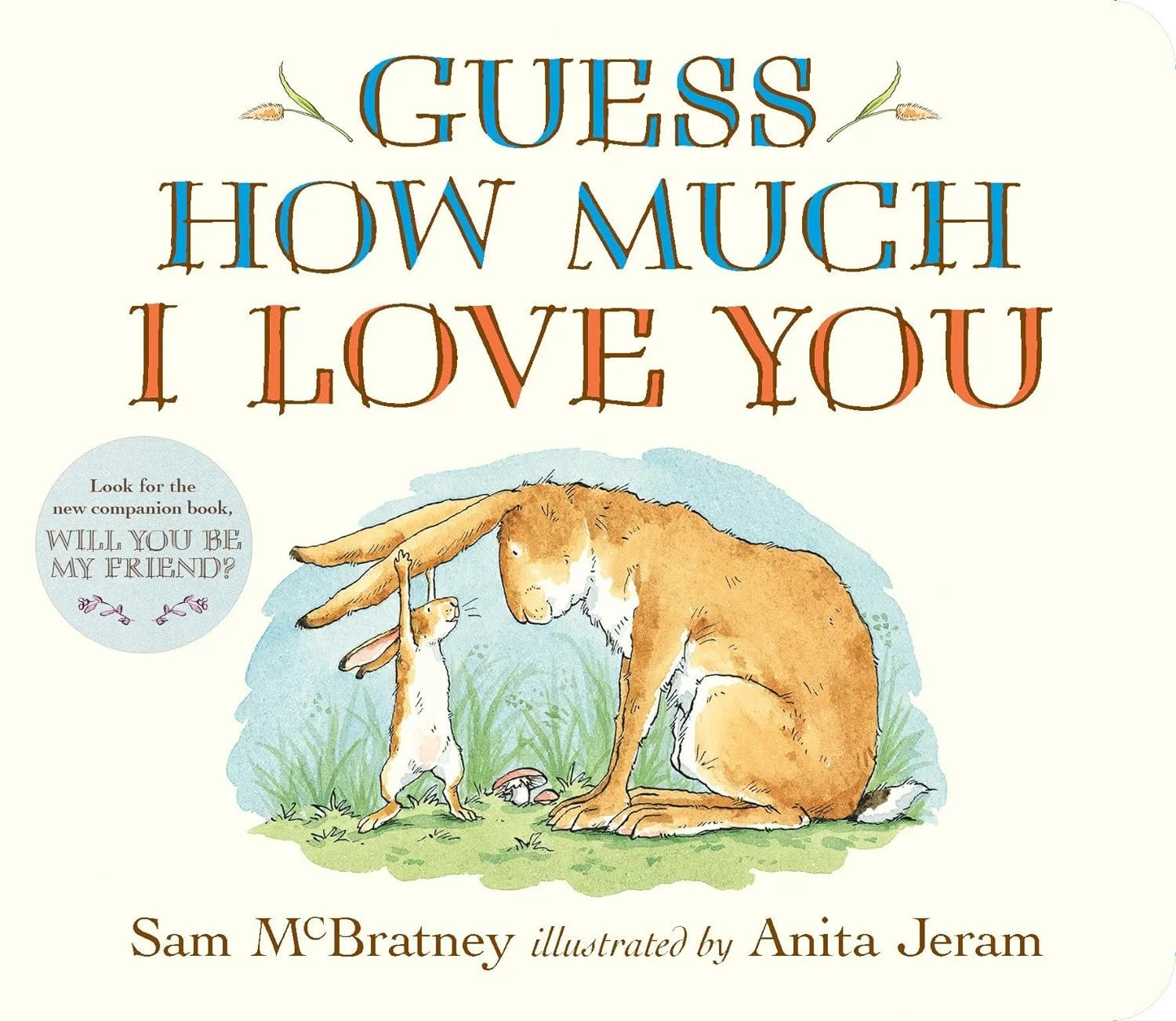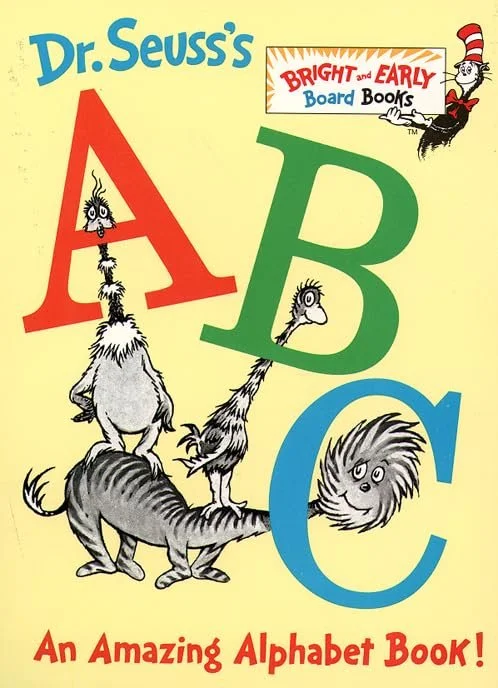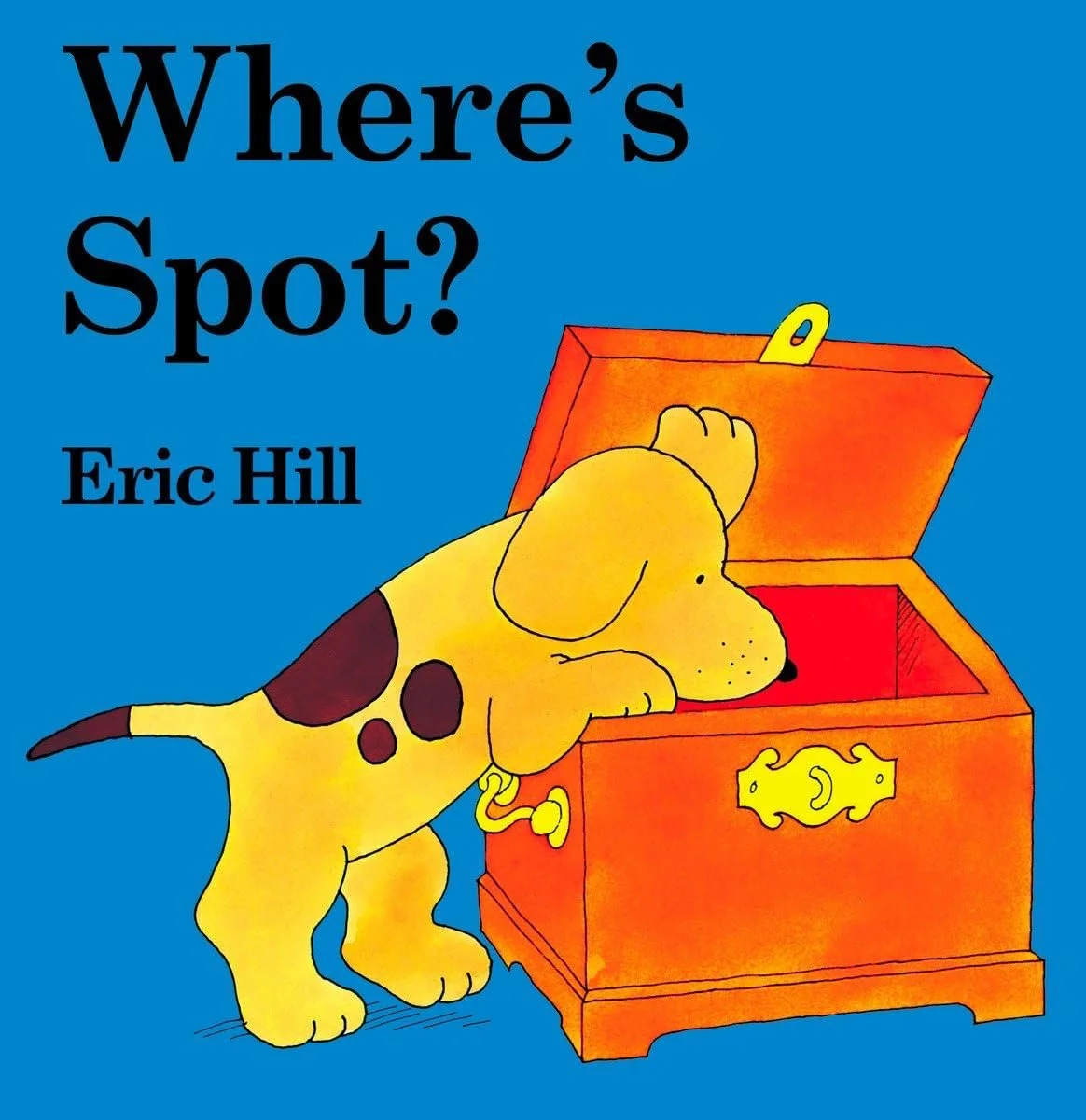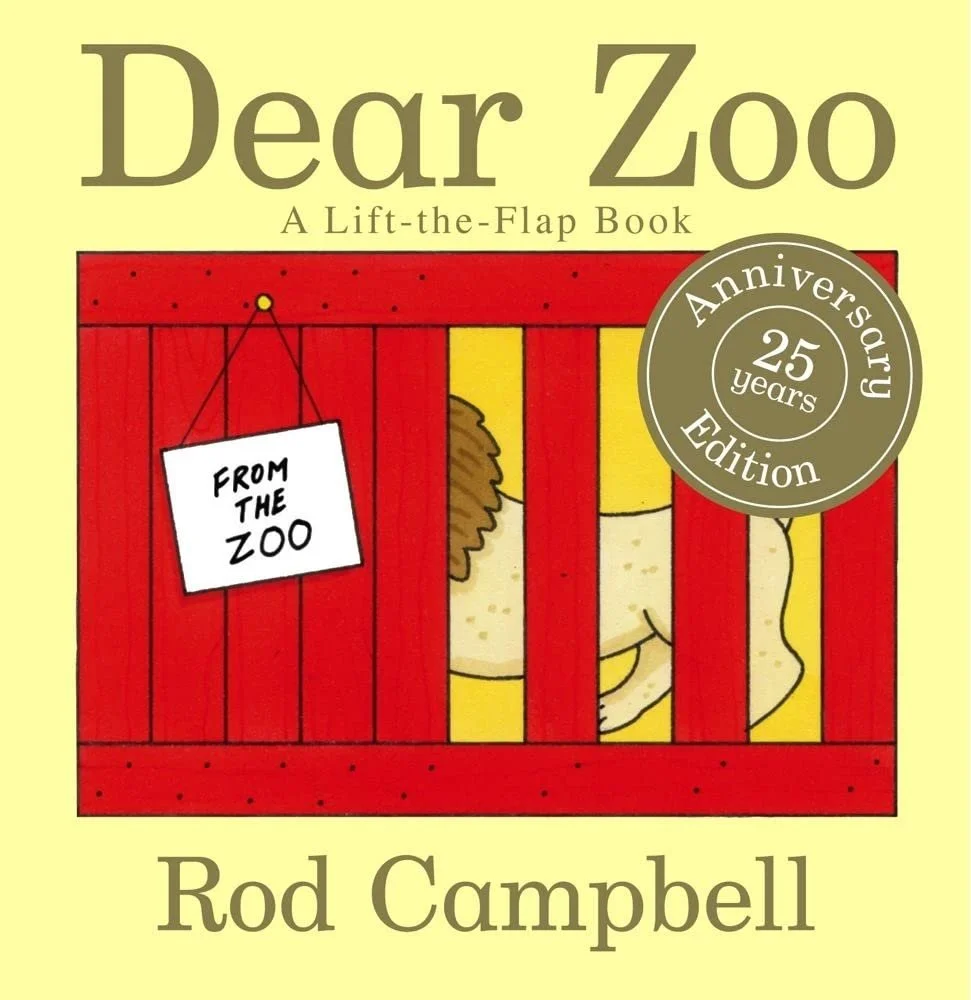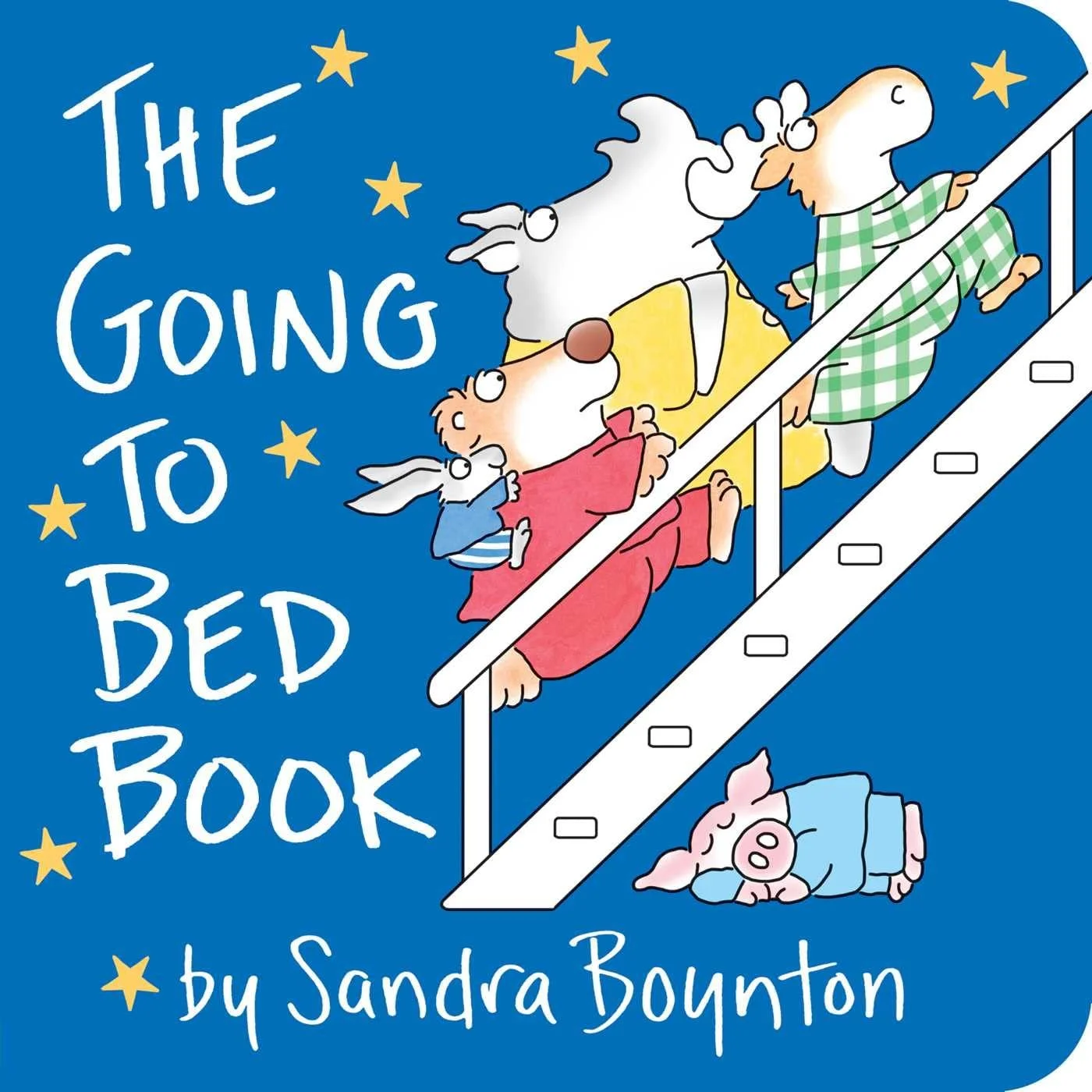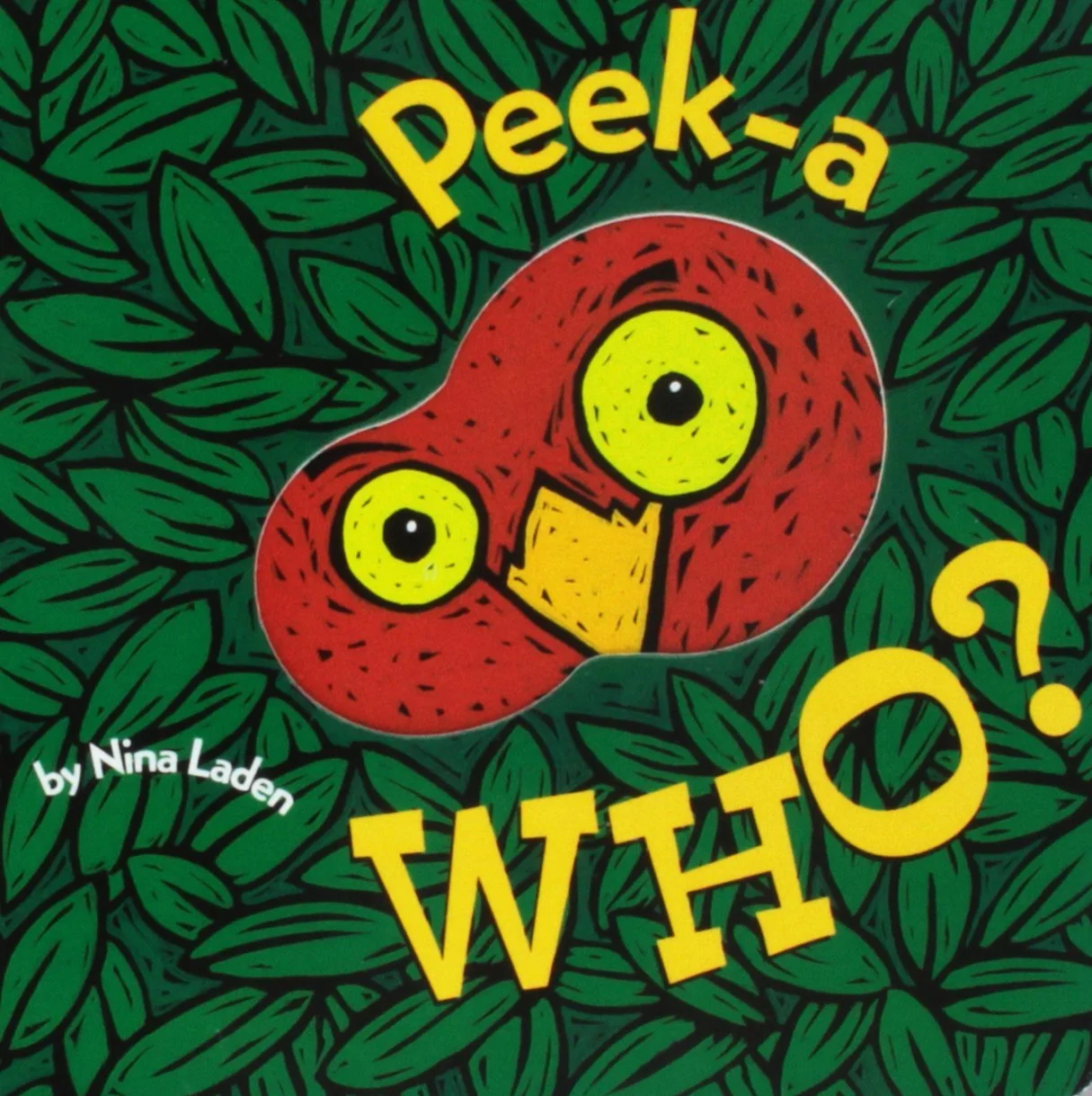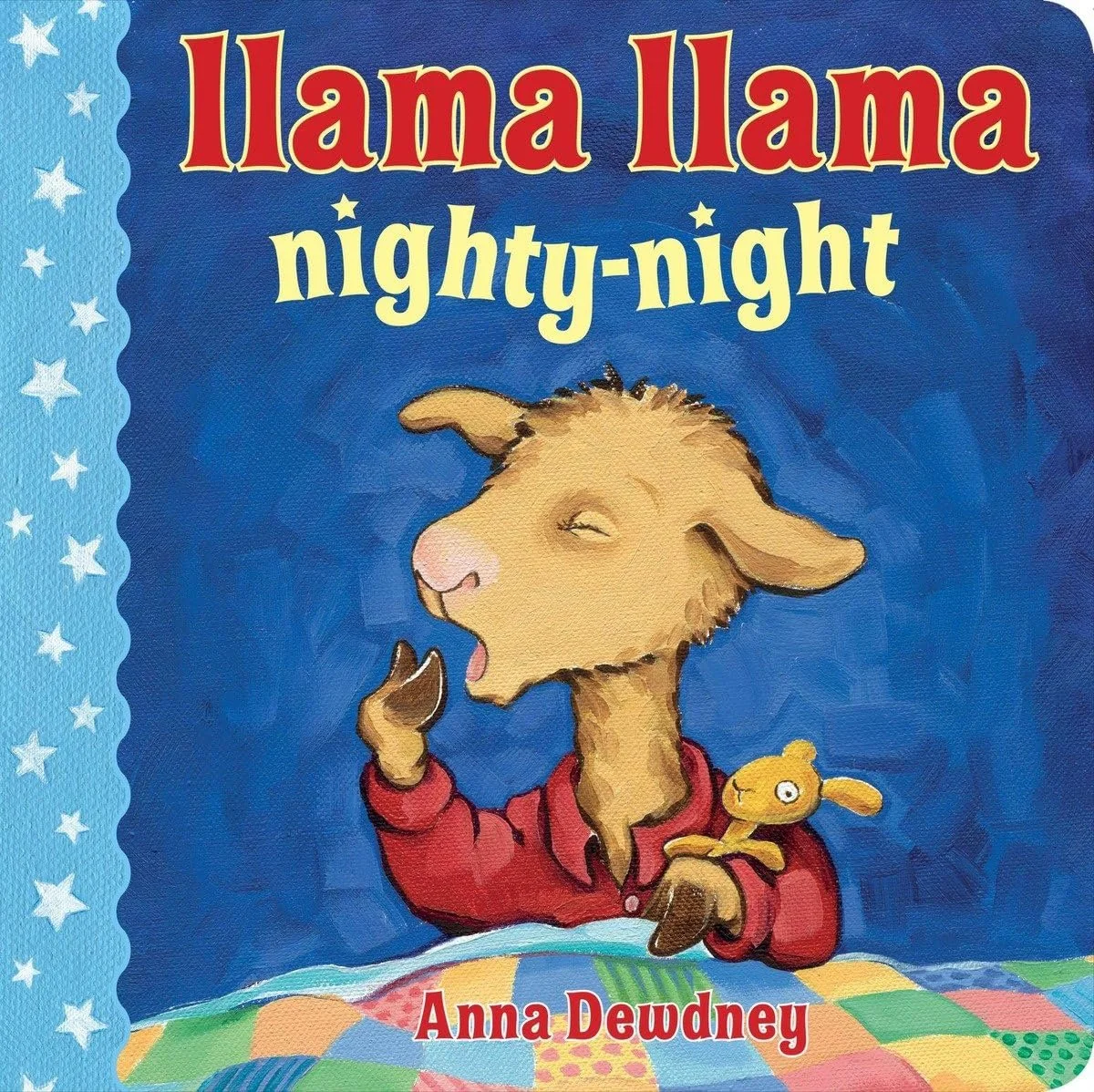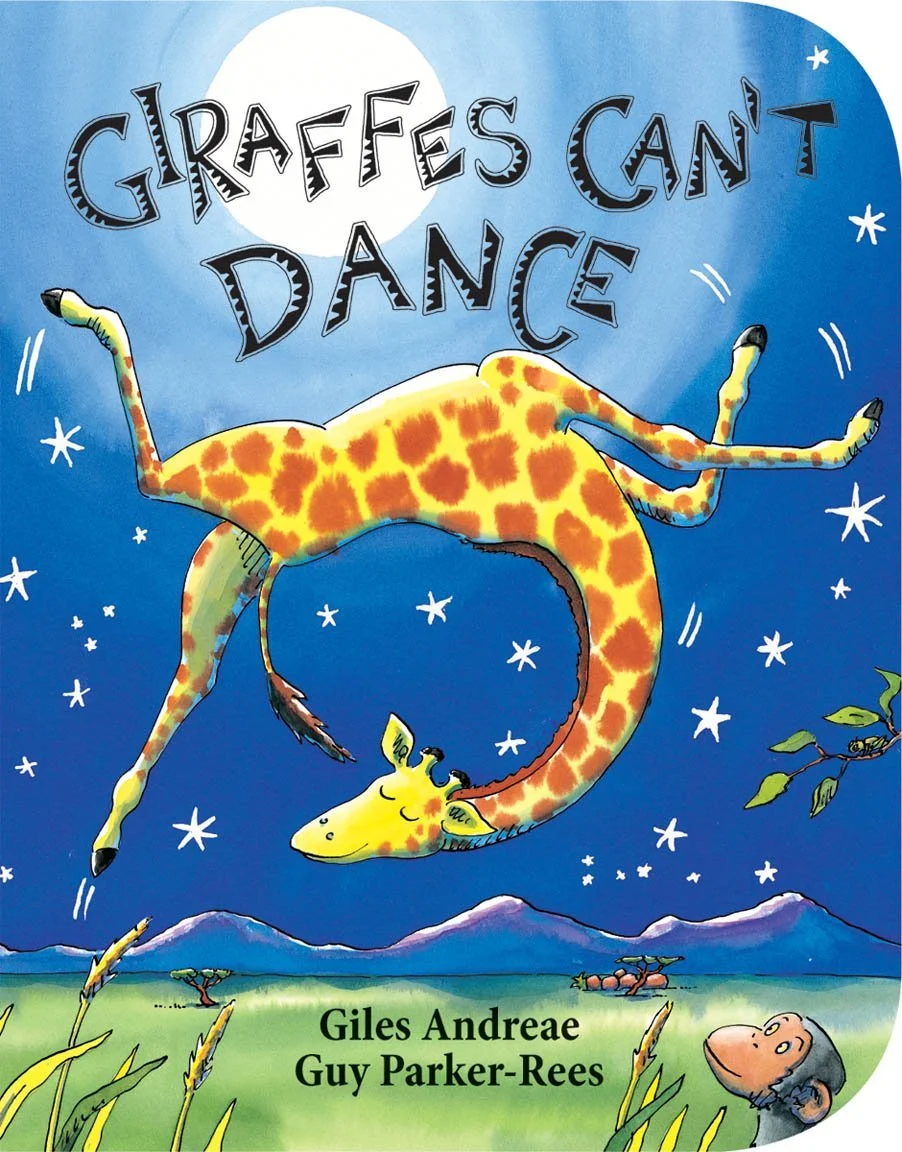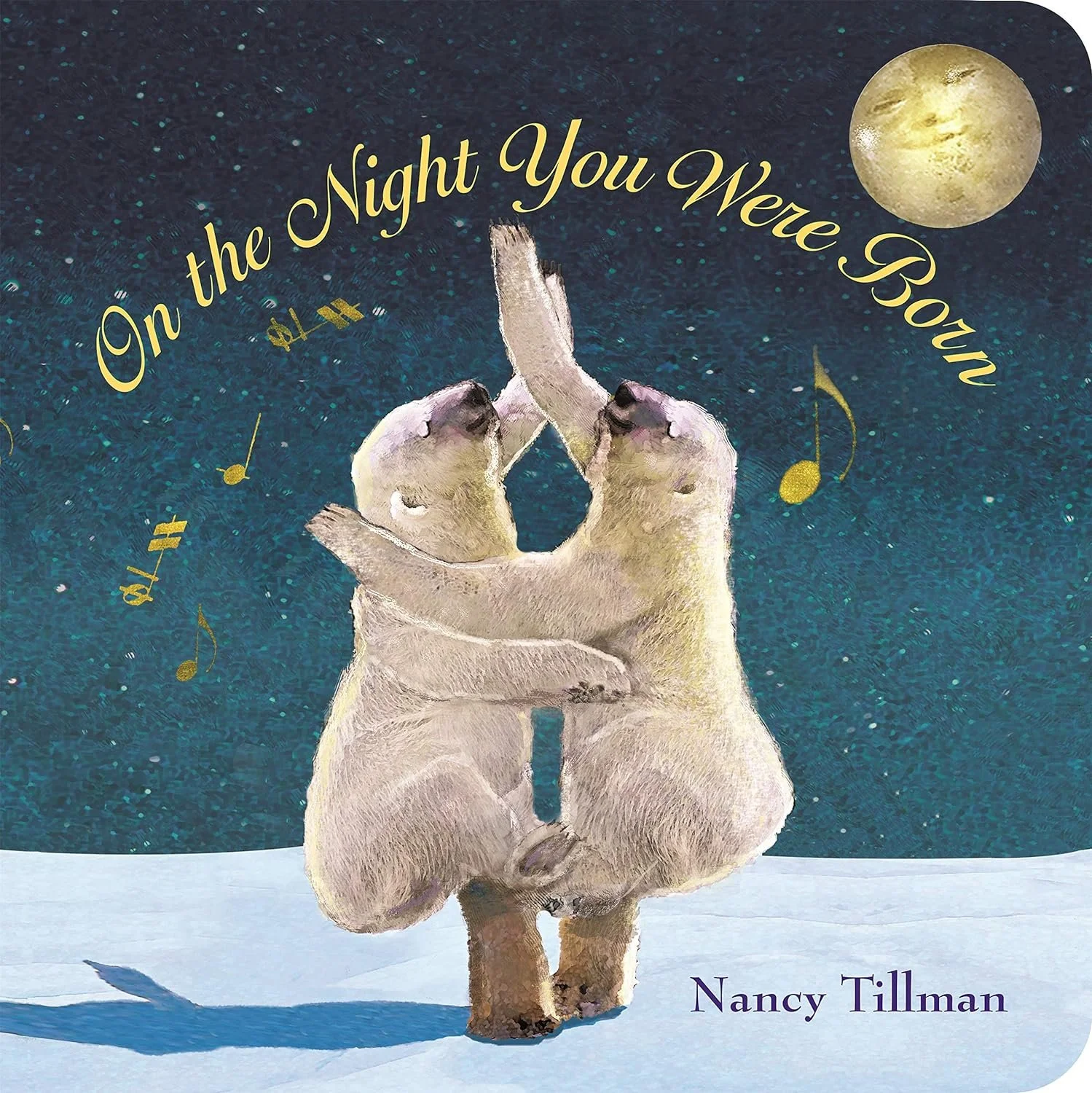Books To Read To Babies
20 Books To Read To Babies
I want to note that I do not get paid to do these posts, I just love authors and the book industry. However, they do take time and energy to create. If you want to donate a few dollars to my coffee fund, which keeps this blog going, you can do so here: https://venmo.com/AshleyHasty or here: http://paypal.me/hastybooklist.
Benefits of Reading Books to Babies
Development of Pre-Literacy Skills
Reading to babies plays a crucial role in developing pre-literacy skills, which form the foundation for later reading and writing. When parents read alouds to their infants, they introduce them to the sounds and rhythms of language. This exposure helps babies recognize phonetic patterns and understand the basics of speech. The repetitive nature of certain words and phrases in baby books enhances memory retention and word recognition. Over time, this early familiarity with language sounds and structures supports vocabulary development and comprehension skills.
Encouraging a Love for Reading
Introducing books to babies fosters a lifelong love for reading. Early exposure to books can create positive associations with reading. The colorful pictures, engaging stories, and the comforting presence of a parent make reading an enjoyable experience. As babies grow, their interest in stories and books can blossom into a passion for reading, encouraging them to explore more books independently as they age.
Creating Bonding Memories
Reading to babies provides a wonderful opportunity for parent-child bonding. The act of cuddling up with a book and sharing a story creates a sense of security and intimacy. These shared moments strengthen the emotional connection between parent and child. The baby feels loved and valued, which can positively impact their emotional development. Moreover, the interactive nature of reading, where parents often use different voices and facial expressions, adds to the joy and excitement of the experience.
Choosing Books to Read to Babies
When selecting books to read to babies, several factors should be considered:
Age-Appropriate Content
Books for baby should be simple and engaging, with a focus on bright colors, large pictures, and minimal text. Board books, with their sturdy pages, are ideal for infants who might be tempted to chew or tear pages. Choose books with repetitive text and rhythmic language to help babies predict what comes next and engage more actively.
Interactive Elements
Books with interactive elements, such as touch-and-feel textures, flaps to lift, or mirrors, can captivate a baby's attention and make the reading experience more engaging. These features not only entertain but also help develop fine motor skills as babies learn to touch, feel, and interact with the book.
Themes and Content
Select books with themes that resonate with everyday experiences and introduce basic concepts such as shapes, colors, numbers, and animals. Stories that depict routines, like bedtime or mealtime, can also be relatable and comforting for babies.
Individual Responses to Reading
Every baby is unique, and their responses to reading can vary widely:
Attention Span
Some babies might show a keen interest in books from an early age, while others may have shorter attention spans. It’s important to be patient and observe the baby’s cues. If a baby loses interest, it’s okay to stop and try again later. Gradually, the baby’s ability to focus will improve.
Preferences
Babies may develop preferences for certain types of books, illustrations, or even specific stories. Pay attention to what captures their interest and be willing to read those favorites repeatedly. This repetition is beneficial for language development and reinforces their enjoyment of reading.
Interaction Style
Some babies might be more interactive, responding with coos and babbles, while others might prefer to listen quietly. Encourage interaction by asking questions, making animal sounds, or pointing out objects in the pictures, but also respect the baby’s individual response style.
Reading to babies is a rewarding activity that supports early development and strengthens the parent-child bond. By carefully choosing appropriate books and being attuned to a baby's individual responses, parents can create a positive and enriching reading experience that lays the groundwork for future literacy and a lifelong love of reading.
So today, I am sharing a round-up of books that I recommend readers read to their babies to get them started reading. Want to get out of the house? Check out this list of things to do with infants in Chicago.
Books To Read To Babies
Moo, Baa, La La La! by Sandra Boynton
About: This whimsical board book features silly animal sounds and vibrant illustrations.
Why Readers Like It: The humorous text and playful rhymes are engaging for both parents and babies.
Best For: Ages 0-2 years.
What to Expect: Simple, repetitive text with a focus on animal sounds.
How to Read: Use exaggerated animal sounds and expressive reading to entertain and captivate your baby.
Goodnight Moon by Margaret Wise Brown
This book was also featured on a list of Best Children's Book Authors
About: A classic bedtime story that describes a quiet evening in a little bunny's room.
Why Readers Like It: The soothing, rhythmic text and gentle illustrations create a calming bedtime ritual.
Best For: Ages 0-3 years.
What to Expect: Simple, poetic text with familiar nighttime objects.
How to Read: Read softly and slowly to create a peaceful atmosphere before bedtime.
Very Hungry Caterpillar by Eric Carle
About: Follows a caterpillar as it eats its way through various foods before becoming a butterfly.
Why Readers Like It: The colorful illustrations and interactive page cutouts are fascinating for babies.
Best For: Ages 0-3 years.
What to Expect: Simple text with a focus on counting and days of the week.
How to Read: Point out and name each food item, and encourage your baby to count along.
Brown Bear, Brown Bear, What Do You See? by Bill Martin Jr. and Eric Carle
About: A repetitive, rhythmic book that introduces a series of animals.
Why Readers Like It: The predictable text and vibrant illustrations are engaging for young children.
Best For: Ages 0-3 years.
What to Expect: Simple, repetitive text that helps with color and animal recognition.
How to Read: Use an engaging tone and point to each animal as you read its name.
Guess How Much I Love You by Sam McBratney
About: A sweet story about Little Nutbrown Hare and Big Nutbrown Hare expressing their love for each other.
Why Readers Like It: The heartwarming tale and tender illustrations are perfect for bedtime.
Best For: Ages 0-3 years.
What to Expect: Gentle text with a focus on expressions of love.
How to Read: Read with warmth and affection, and use the opportunity to tell your baby how much you love them.
Pat the Bunny by Dorothy Kunhardt
About: A touch-and-feel book to read that invites babies to interact with the story.
Why Readers Like It: The interactive elements, like soft fur and peek-a-boo flaps, engage babies' senses.
Best For: Ages 0-2 years.
What to Expect: Simple, interactive text with various textures.
How to Read: Encourage your baby to touch and feel the different textures as you read.
Dr. Seuss's ABC by Dr. Seuss
About: An alphabet book filled with fun rhymes and whimsical illustrations.
Why Readers Like It: The playful language and imaginative characters make learning the alphabet enjoyable.
Best For: Ages 1-3 years.
What to Expect: Rhyming text with a focus on letters and sounds.
How to Read: Emphasize the letters and sounds, and encourage your baby to repeat them.
Where's Spot? by Eric Hill
About: A lift-the-flap book following a puppy named Spot hiding around the house.
Why Readers Like It: The interactive flaps and simple storyline are engaging for babies.
Best For: Ages 0-2 years.
What to Expect: Simple text with interactive flaps.
How to Read: Help your baby lift the flaps and talk about what you find together.
Dear Zoo by Rod Campbell
This book appeared on a list of Top Chicago Attractions and the Baby Books to Pair with Them
About: A child writes to the zoo to send a pet, and receives various animals.
Why Readers Like It: The repetitive text and lift-the-flap format are appealing to young children.
Best For: Ages 0-3 years.
What to Expect: Simple, repetitive text with lift-the-flap surprises.
How to Read: Encourage your baby to guess which animal is behind each flap before lifting it.
The Going to Bed Book by Sandra Boynton
About: Animals go through their bedtime routine on a boat.
Why Readers Like It: The playful text and cheerful illustrations make bedtime routines fun.
Best For: Ages 0-3 years.
What to Expect: Rhyming text with a focus on bedtime activities.
How to Read: Read with enthusiasm and mimic the bedtime activities described.
Peek-a-Who? by Nina Laden
About: A peek-a-boo book with simple rhymes and bright illustrations.
Why Readers Like It: The playful format and surprise elements are engaging for babies.
Best For: Ages 0-2 years.
What to Expect: Simple text with cutout pages revealing hidden images.
How to Read: Use a playful tone and encourage your baby to guess what's behind each cutout.
If I Were a Bunny by Anne Wilkinson
About: A touch-and-feel book exploring what it would be like to be a bunny.
Why Readers Like It: The tactile elements and cute illustrations make it fun for babies.
Best For: Ages 0-2 years.
What to Expect: Simple text with various textures to explore.
How to Read: Encourage your baby to touch and feel each texture as you read.
Goodnight, Gorilla by Peggy Rathmann
About: A mischievous gorilla follows a zookeeper as he says goodnight to the animals.
Why Readers Like It: The minimal text and humorous illustrations tell a charming story.
Best For: Ages 0-3 years.
What to Expect: Simple, repetitive text with engaging illustrations.
How to Read: Point out the actions of the gorilla and other animals, and use different voices for each character.
Ten Little Fingers and Ten Little Toes by Mem Fox
About: Celebrates the similarities of babies and toddlers around the world, focusing on their fingers and toes.
Why Readers Like It: The gentle rhymes and sweet illustrations are perfect for sharing with babies.
Best For: Ages 0-3 years.
What to Expect: Rhythmic text with a focus on counting fingers and toes.
How to Read: Count your baby's fingers and toes along with the story, and enjoy the cuddly moments.
Baby Faces by DK Publishing
About: A board book featuring close-up photos of babies expressing different emotions.
Why Readers Like It: The real baby photos and simple text help babies recognize and name emotions.
Best For: Ages 0-2 years.
What to Expect: Simple text with expressive baby faces.
How to Read: Talk about each emotion and mimic the expressions with your baby. Encourage turning the pages.
Llama Llama Nighty-Night by Anna Dewdney
About: Llama Llama goes through his bedtime routine.
Why Readers Like It: The rhythmic text and relatable bedtime activities are comforting for babies.
Best For: Ages 0-3 years.
What to Expect: Simple, rhyming text with bedtime themes.
How to Read: Read softly and calmly to help your baby wind down for bed.
Touch and Feel Farm by DK Publishing
About: A touch-and-feel book introducing farm animals and textures.
Why Readers Like It: The tactile elements and clear photos are engaging for babies.
Best For: Ages 0-2 years.
What to Expect: Simple text with various textures to explore.
How to Read: Encourage your baby to touch and feel each texture as you read about the farm animals.
Little Blue Truck by Alice Schertle
About: A friendly blue truck helps his friends and teaches a lesson about kindness.
Why Readers Like It: The rhythmic text and charming illustrations make it a fun read-aloud.
Best For: Ages 1-3 years.
What to Expect: Rhyming text with a focus on friendship and teamwork.
How to Read: Use different voices for each character and emphasize the sounds of the truck and animals.
Giraffes Can't Dance by Giles Andreae
About: A giraffe learns to dance to his own rhythm and gains confidence.
Why Readers Like It: The uplifting story and vibrant illustrations are inspiring for children.
Best For: Ages 1-3 years.
What to Expect: Rhyming text with a positive message about self-confidence.
How to Read: Read with enthusiasm and encourage your baby to dance along with the giraffe.
On the Night You Were Born by Nancy Tillman
About: A poetic celebration of the uniqueness of each child.
Why Readers Like It: The lyrical text and beautiful illustrations create a heartfelt reading experience.
Best For: Ages 0-3 years.
What to Expect: Gentle, poetic text celebrating the child's birth.
How to Read: Read softly and lovingly, making it a special moment for you and your baby.
Reading these books to babies not only supports their early development but also creates cherished memories and instills a love for reading from a young age. Enjoy these moments of bonding and discovery with your little one!

